Hi Folks,
How's it going? As you can tell from my username I'm crazy about epiphytes. Here in Southern California I think we might have maybe one or two epiphytes...native ferns...but every once in a while you can find some accidental epiphytes...especially ficus and especially growing in the pockets of the canary palm. At the Huntington Gardens they have a palm tree next to the cactus garden that has numerous, tall columnar cacti growing in the pockets. The palm tree is on the lawn and I'm guessing that it's regularly hit by the sprinklers. It's pretty fun to imagine how large the largest accidental cacti/succulents in the wild has been.
Very generally speaking...for epiphytic orchids and succulents...I tend to tell people that the size of the medium should match their watering habits. If they underwater then they can go with smaller sized media and if they overwater they should go with larger media. It's the basic idea of equivalence. What I'm wondering is...has anybody ever experimented growing terrestrial succulents epiphytically?
One succulent that I've rotted more than a few times is Adenium (Desert Rose). Last year I took several cuttings of two different types and I plan on attaching them to my tree that has numerous orchids, tillandsias, rhipsalis, ferns, etc growing on it. I ran a drip system up the tree which I turn on every other day at night during the hottest days of summer and around once a week early morning during the coldest days of winter. The epiphytes on the tree go completely dry between waterings.
A couple weeks ago I grabbed cuttings from four or so different random Kalanchoes and tightly attached them to my tree. Already I can see a couple bright pink roots emerging from one of the stems and they are growing towards the bark.
In terms of epiphytic cacti (rhipsalis, epiphyllums, etc)...while I certainly haven't tried them all...it seems they generally require crooks of the branches where there's more moisture.
Besides cacti, here's a list of more or less epiphytic plants that are more or less succulent...
Aeonium leucoblepharum
Aeschynanthus
Alsobia
Anthorrhiza
Codonanthe
Cotyledon umbilicus
Crassula pellucida ssp marginalis
Crassula schimperi ssp schimperi
Dorstenia astyanactis
Echeveria guatemalensis
Echeveria pittieri
Echeveria rosea
Echeveria var. racemosa
Graptopetalum macdougalii
Hydnophytum
Hypagophytum viride
Kalanchoe campanulata
Kalanchoe globulifera
Kalanchoe gracilipes
Kalanchoe ndotoensis
Kalanchoe porphyrocalyx
Kalanchoe pumila
Kalanchoe schizophylla
Kalanchoe uniflora
Medinilla sedifolia
Myrmecodia
Nematanthus
Pachyphytum longifolium
Peperomia
Rhodocodon/Drimia/Rhadamanthus urgineoides
Sedum botteri
Sedum churchillianum
Sedum epidendrum
Sedum grandipetalum
Sedum guatemalense
Sedum hultenii
Sedum jujuyensis
Sedum meyeri-johannis
Sedum neovolcanicum
Sedum reptans
Sedum ruwenzoriense
Sedum tortuosum
Sphyrospermum majus
Yucca lacandonica
Let me know if I'm missing any that are in the traditional succulent genera (Kalanchoe,Sedum, etc.) I only own a couple of these so PM me if you have cuttings you'd be willing to trade or sell.
Are there any advantages to growing succulents epiphytically? Well...growing succulents on a tree would certainly be a conversation piece...much like how green walls are gaining in popularity these days. You'll always have plenty of vertical space if you run out of horizontal space. Also, you won't have to "repot" as often or worry about weeds (well...I wouldn't be surprised if the mother of millions managed to grow on your mounts!). Plus, it would be quite a challenge to rot a succulent growing epiphytically.
So if you have any extra cuttings and an area that you water more frequently...it might be interesting to see how some of your succulents might do mounted.
I'm always happy to give tours and compare notes so PM me if you're ever planning on being in the area (Glendale).
Here is a link that might be useful: My Flickr
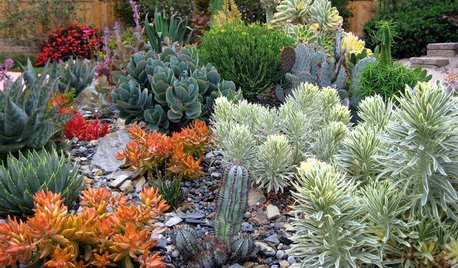
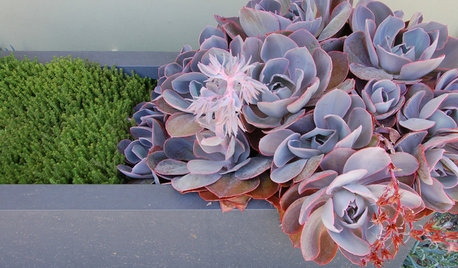
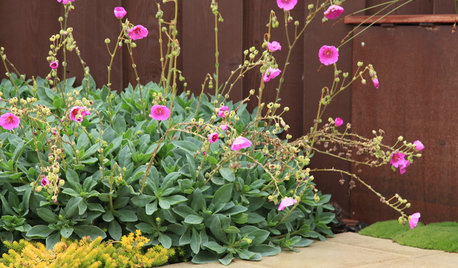
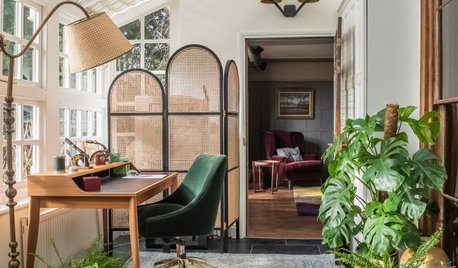


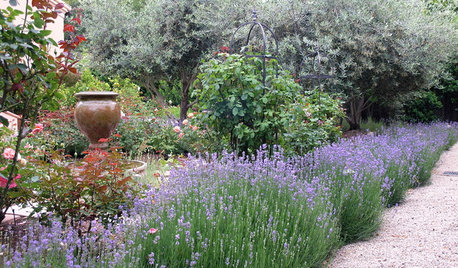
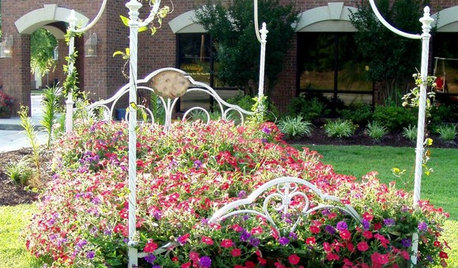
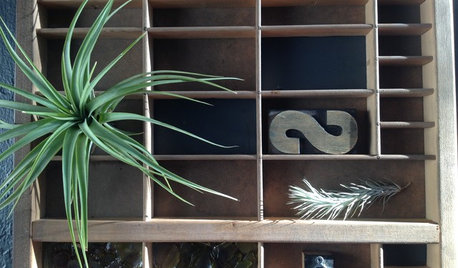








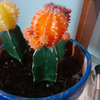
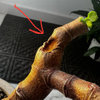

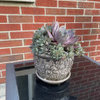
xerophyte NYC
epiphyte78Original Author
Related Professionals
Norfolk Landscape Architects & Landscape Designers · Fort Wayne Landscape Contractors · McLean Landscape Contractors · Ridgewood Landscape Contractors · Lake Forest Park General Contractors · Mount Prospect General Contractors · Signal Hill General Contractors · Tabernacle General Contractors · Carlsbad Carpenters · Ferndale Carpenters · Lake Shore Carpenters · Maplewood Carpenters · Chandler Decks, Patios & Outdoor Enclosures · Crestline Decks, Patios & Outdoor Enclosures · Port Saint Lucie Decks, Patios & Outdoor Enclosurespeanut01
epiphyte78Original Author
linda_denman_island